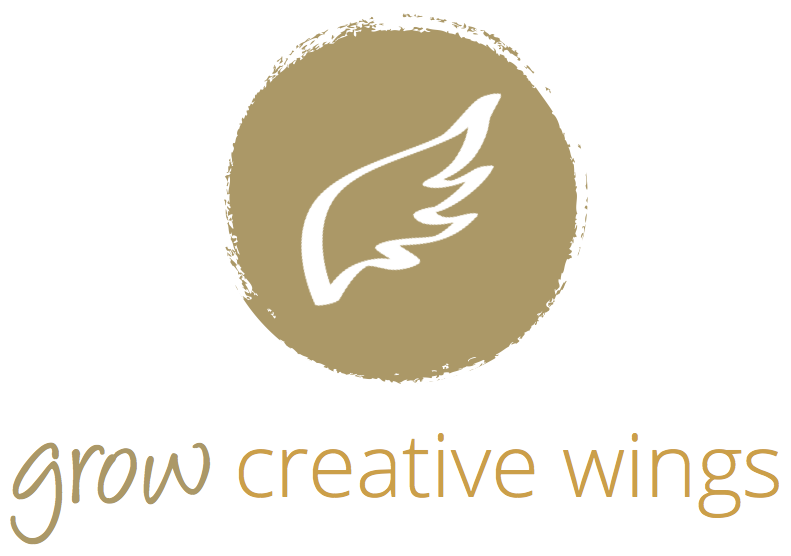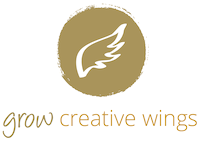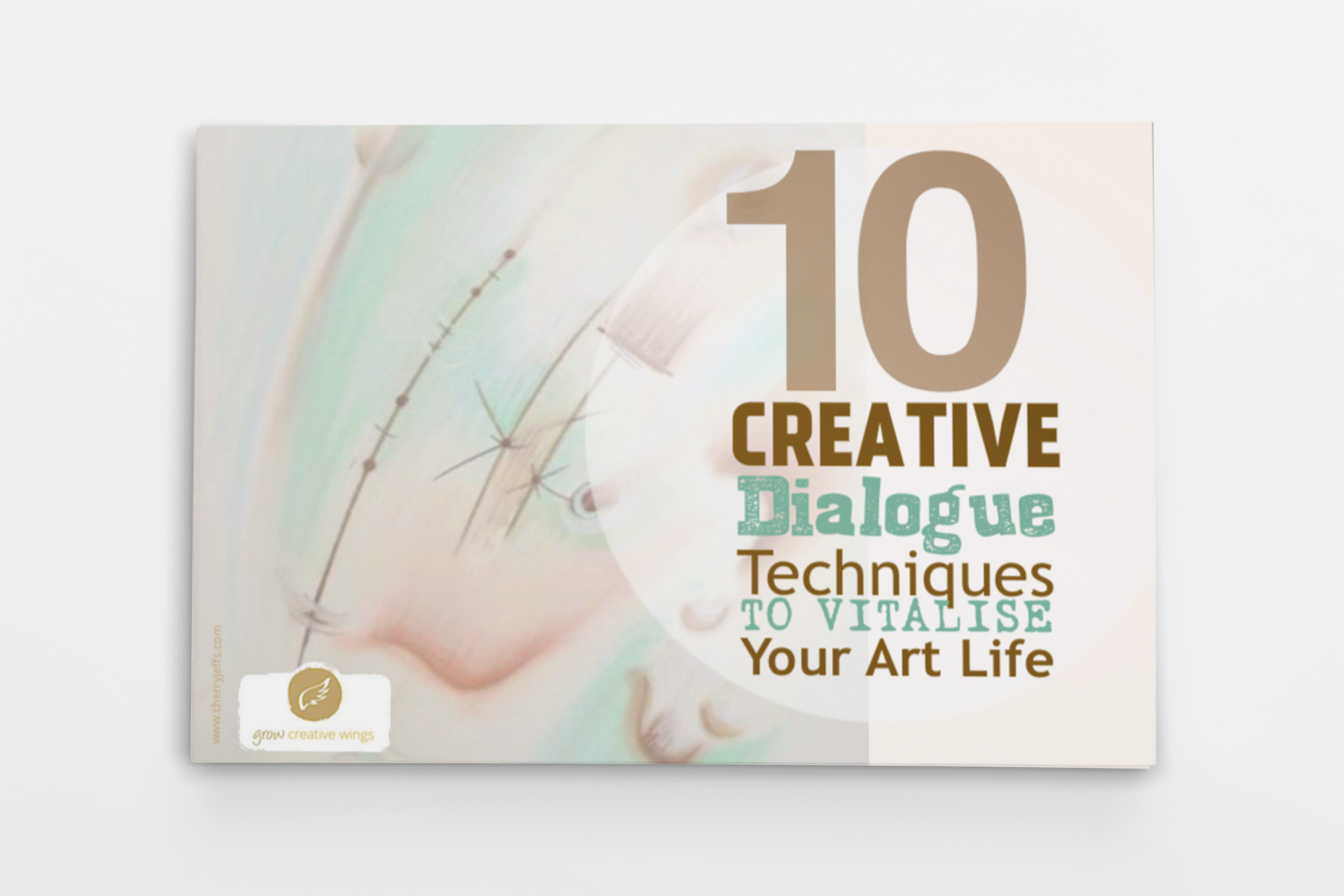Simple, Powerful Techniques for Cultivating Creative Flow
Your creative work is humming along. Time slips by without you noticing. You're in the flow.
But not every day of our creative work feels like that.
Rather than flowing, too often we're stuttering. Stop, start. Three steps forward, two steps back.
Sound familiar? Don't despair! This lack of flow in our creative work is often due to a simple and easily-remedied problem: We're out of touch with our deepest creative needs and desires.
So what's the missing magic ingredient we need to get in touch with our Muse and keep our creative juices flowing healthily? The answer is Creative Dialogue.
What is Creative Dialogue?
Creative Dialogue is when we intentionally engage in a conversation with our subconscious or intuitive self.
We use proven techniques to elicit responses from a deeper part of ourselves than we normally contact on a daily basis.
These responses come from the part of ourselves untouched by external expectations or ideas of right and wrong, and so guide us to satisfying and sustainable solutions to important questions or problems concerning our creative work.
Who are we listening to?
Lack of Creative Dialogue is a major cause of artist's and writer's block. If we're not listening to our creative subconscious when we're making our art, who are we listening to?
The answer is, our 'rational' left brain.
Now don't get me wrong. This part of our brain is vital for perfecting technical details of our work or planning and scheduling our creative life. But if we predominantly listen to our left brain, we rapidly enter a state of disconnect from our art.
Different ways to dialogue
There are many different ways to create a dialogue with our creative subconscious.
Here are some of the powerful ones I use:
Journalling - written and collage
Mind-mapping
Positive Questioning
Stream of Consciousness or 'Analog'* Drawings
*Term coined by Betty Edwards in Drawing on the Artist Within
One of the most effective, but least-known of these techniques are Stream of Consciousness Drawings.
These are uncensored drawings done to interpret a particular idea or concept or to discover the kernel of a problem and possible solutions to it.
Through Stream of Consciousness Drawings we practice listening deeply to our subconscious by transferring what we hear to paper where we can interpret our insights further.
This deep connection with voice of our subconscious helps us know at the macro level:
What art we really want to make
How we want to make it
and at the micro level:
What steps - or even strokes, notes or words - to put down next in our creative projects
Doing Stream of Consciousness Drawings brings surprising insights into a mysterious inner life you might not know you have.
Like heat-maps of our feelings towards our work, they reveal:
Are we passionate about our art or just luke-warm?
What areas are we drawn to and which leave us cold?
So next time you hit a hitch in your creative life - whether at the micro level such as not knowing quite where to go next on your WIP, or at the macro level involving important decisions about your career - tap straight into your subconscious wisdom by doing a Stream of Consciousness Drawing focussed on the problem. Here's how.
Instructions for stream-of-consciousness drawings
You'll need:
a sheet of paper or a page in your journal
a drawing pencil. (I like a 2B pencil but B is also ok. HB is a bit hard but will do if that's all you have.)
1. Begin by drawing a frame or bounding box to contain your drawing. A roughly drawn rectangle is fine but choose any shape that feels right for you. Don't worry about how straight or symmetrical the edges are.
2. Close your eyes and visualise the problem or concept you'd like to consider. Hold this in the forefront of your mind as you begin to draw.
3. Now begin to instinctively draw marks and lines within your bounding box: Use many or few, heavy strokes or light, short marks or long, and any combination of these. Don't draw 'pictures' or use symbols (raindrops, shooting stars, flowers and the like) — use only the language of marks. Enjoy and wonder at each stroke you make, sensing the impulse of it as it travels from your subconscious to the paper. There is no right or wrong, each drawing, each stroke is right for you at the time you make it.
4. When you finish your drawing, spend some time looking at it. Write down any meanings that occur to you.
Looking at the drawing upside down yields interesting extra insights. Like inner or mutual trigrams in the IChing divination method, the upside down view of your drawing will reveal what's going on beneath the surface of the problem; its inner workings.
You can also use this process when something's nagging at you but you don't know exactly what it is. Instead of visualising a problem, simply allow your mind to go blank and let the drawing itself discover and explore what's on your mind.
A word of caution. These drawings, like journal writing, are a private practice, an expression of your innermost self. If you want to share them later, that's fine, but don't make them with that intention or you'll feel constrained.




